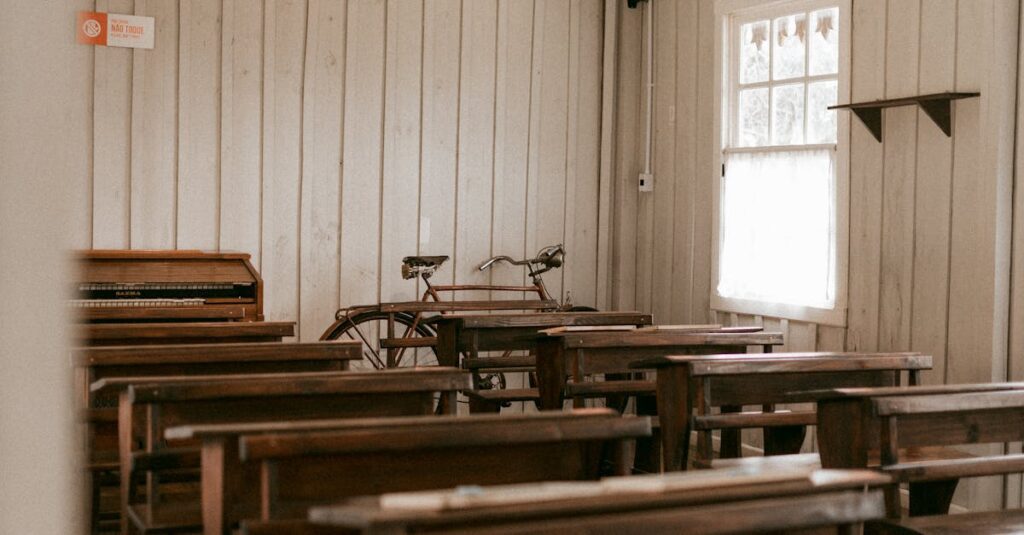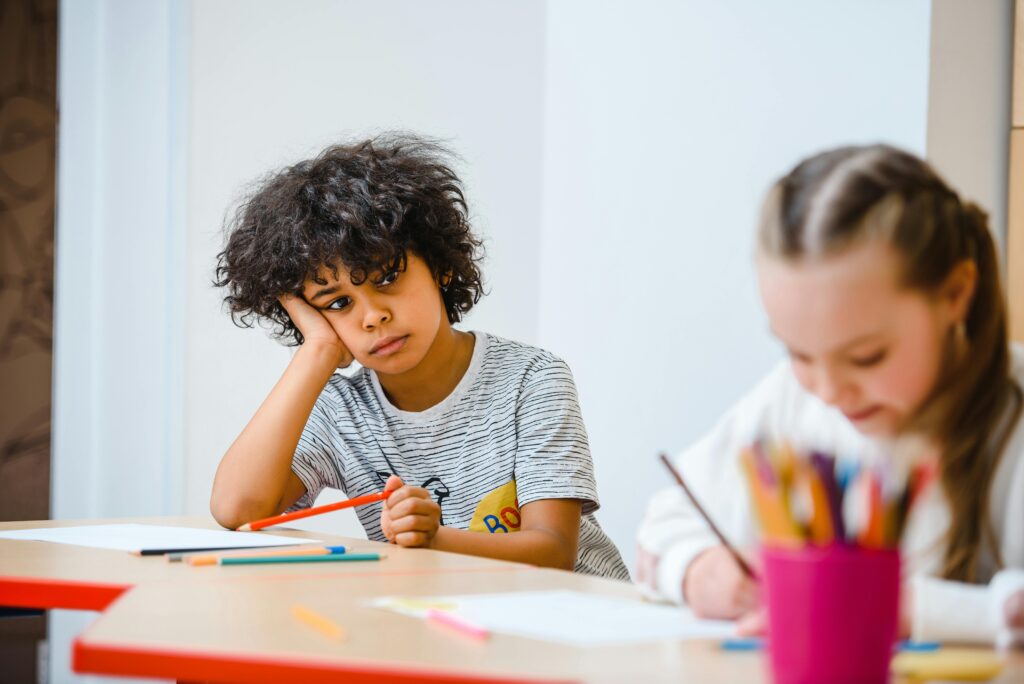Education stands at a crossroads, facing a potent mix of challenges and opportunities that suggest an impending transformation. I see a landscape marked by a growing disconnect between traditional educational models and the evolving needs of our global society. In my observation, the rigidity of established curricula, the rising costs of tuition, and the rapid rate of technological change call into question the sustainability and relevance of current educational systems. The signs are clear that a significant disruption in the way we conceive and deliver education is not just warranted, but imminent.
The digital revolution has altered nearly every aspect of our lives, and yet education largely clings to practices honed over centuries. In my experience, students crave interactivity, flexibility, and personalization, needs which the one-size-fits-all approach of many educational institutions fails to satisfy. Moreover, I’ve noticed that the job market is evolving at a pace where the skills required today may not match those needed tomorrow, pressing educational systems to adapt more dynamically to prepare learners not just for the current job market, but for a future that is still taking shape.
I argue that the foundational elements of education—knowledge transfer, skill development, and credentialing—no longer require the physical classroom to the extent they once did. Technology has made it possible to reimagine these pillars, supporting a vision for education that is more accessible, equitable, and aligned with the contemporary digital environment. The inertia of tradition is formidable, but the evidence I’ve amassed points to an irrefutable need for disruption in educational practices, a shift that leans into innovation to foster a system that is more inclusive, adaptive, and effective.
Historical Context of Educational Systems

In this section, I’ll uncover how educational systems have evolved, starting from their industrial origins to the current rise of technology.
Industrial Age Foundations
Educational systems, as we know them, took shape during the Industrial Revolution. This era saw the inception of a more structured approach to schooling, aimed at meeting the needs of an industrializing society. I understand the main purpose was to create a disciplined workforce that could adhere to the regimented schedules and routines of factory work.
-
- Key Characteristics:
-
- Rigid class schedules
-
- Age-based grade levels
-
- A focus on rote learning and memorization
-
- Key Characteristics:
Standardization of Learning
As time evolved, the move towards standardization became evident in education. Curriculum, testing, and even teacher training were unified to ensure a consistent learning experience. This approach facilitated the assessment of student knowledge on a broad scale but came at the cost of individual learning styles.
- Standard Elements:
-
- Curriculum: A fixed set of subjects and topics
-
- Assessment: Emphasis on standardized testing
-
- Pedagogy: Uniform teaching methods
-
Rise of Technology in Society
The infusion of technology in daily life has inevitably impacted education. From blackboards to digital whiteboards, textbooks to tablets, I’ve witnessed a significant shift in the tools and methodologies used in classrooms. While technology has the potential to tailor learning experiences to individual needs, it also poses challenges in terms of accessibility and the digital divide.
-
- Technological Evolutions:
-
- Digital Tools: E-books, educational software, and online resources
-
- Instructional Methods: Blended learning, flipped classrooms, and online courses
-
- Access Discrepancies: Variance in technology availability and skills among different socio-economic groups
-
- Technological Evolutions:
Drivers of Educational Disruption
Educational systems worldwide are poised for significant change due to several influential factors. I will examine how technology, personal demands, and evolving job markets are prompting these changes.
Technological Innovations
The introduction of advanced technologies such as artificial intelligence, virtual reality, and cloud-based platforms is altering the educational landscape. For example, AI-driven personalized learning assistants can adapt to individual student pace and preference, enhancing the learning experience. Meanwhile, virtual reality (VR) creates immersive environments for complex subjects like anatomy or history, making learning more engaging.
Demand for Personalized Learning
The one-size-fits-all approach to education is becoming obsolete as students and parents seek tailored learning experiences. Data analytics allow for personalized lesson plans and feedback, catering to individual strengths and weaknesses. As a result, there is a growing preference for microlearning — short, focused learning segments that address specific topics or skills.

Shifts in Job Market Requirements
The job market is evolving rapidly, with new roles emerging that demand novel skill sets. Traditional curriculums do not always align with these needs. To bridge this gap, educational institutions are restructuring programs to include skills like data analysis, coding, and design thinking. Partnerships between industry and academia are also growing, thus ensuring that the skills taught are directly applicable to current and future job markets.
Safety Concerns in Local Public Schools
In assessing local public schools, I have identified several pressing safety concerns that warrant immediate attention. Firstly, physical infrastructure poses a notable risk. Many schools operate in aging buildings with outdated electrical systems and inadequate fire alarms, which can lead to hazardous situations. Additionally, lack of maintenance often results in structural issues like ceiling collapses or stairway failures that can injure students and staff.
-
-
-
- Electrical hazards
-
- Faulty fire alarms
-
- Structural deterioration
-
-
Another concern is school security. The schools in my community often show gaps in security measures, such as insufficient surveillance and unmonitored access points, making it relatively easy for unauthorized individuals to enter the premises. This lack of robust security protocols exposes students to a range of potential threats.
-
- Security weaknesses:
-
- Limited surveillance systems
-
- Unsecured entryways
-
- Inadequate emergency preparedness
-
- Security weaknesses:
With so many reasons to find an alternative, personalized, education by design has become the most popular and growing trend in education. Parents are recognizing that they don’t need a credentialed teacher or a brick and mortar school building to give their children a state of art education. Technology has offered the data necessary to customize their child’s education and give them the confidence they are making daily gains in academic skills. Whether students are using online curriculum or textbooks, parents can interpret the data with a few clicks. Many students are gaining their freedom and adding many hours to their day while making significant gains academically. With more and more parents turning to education by design, the disruption might already be here.

